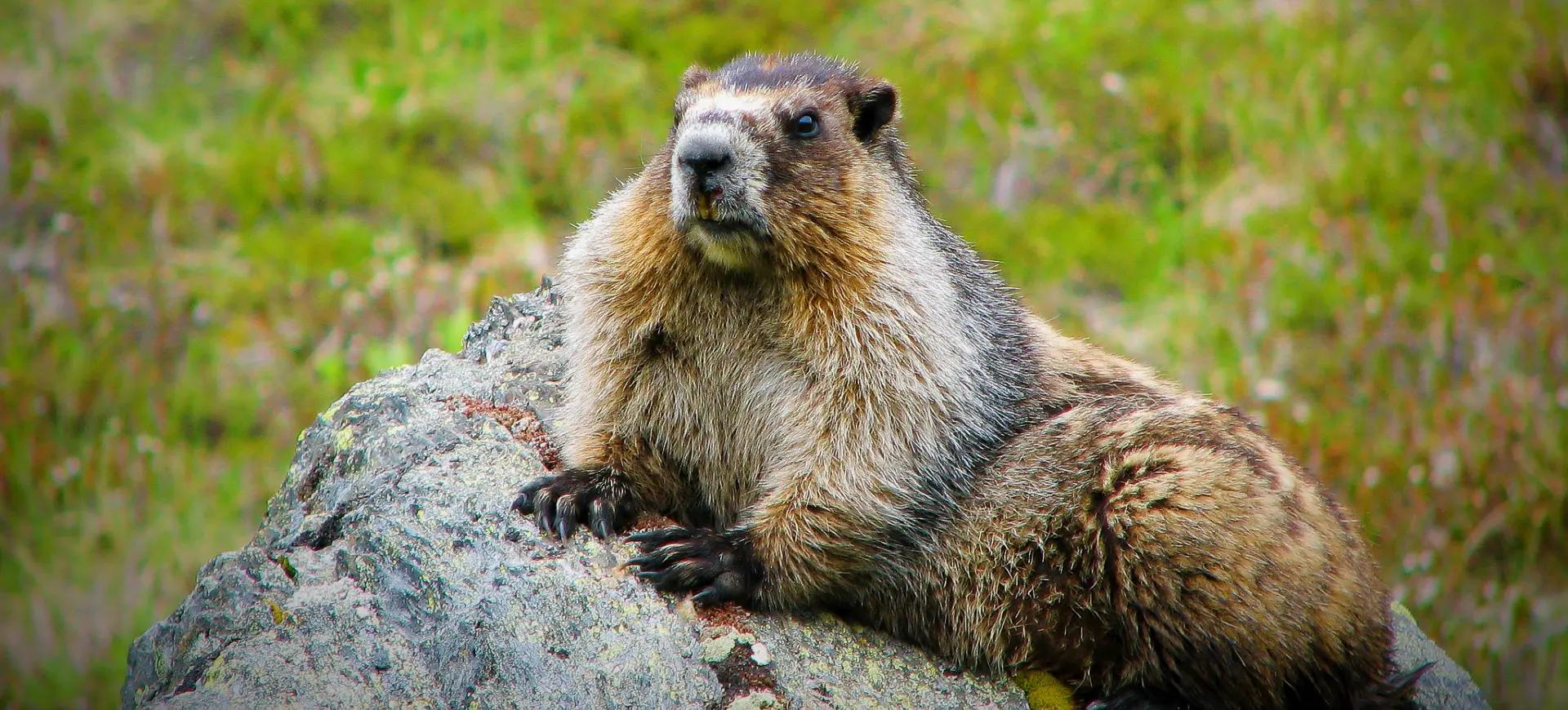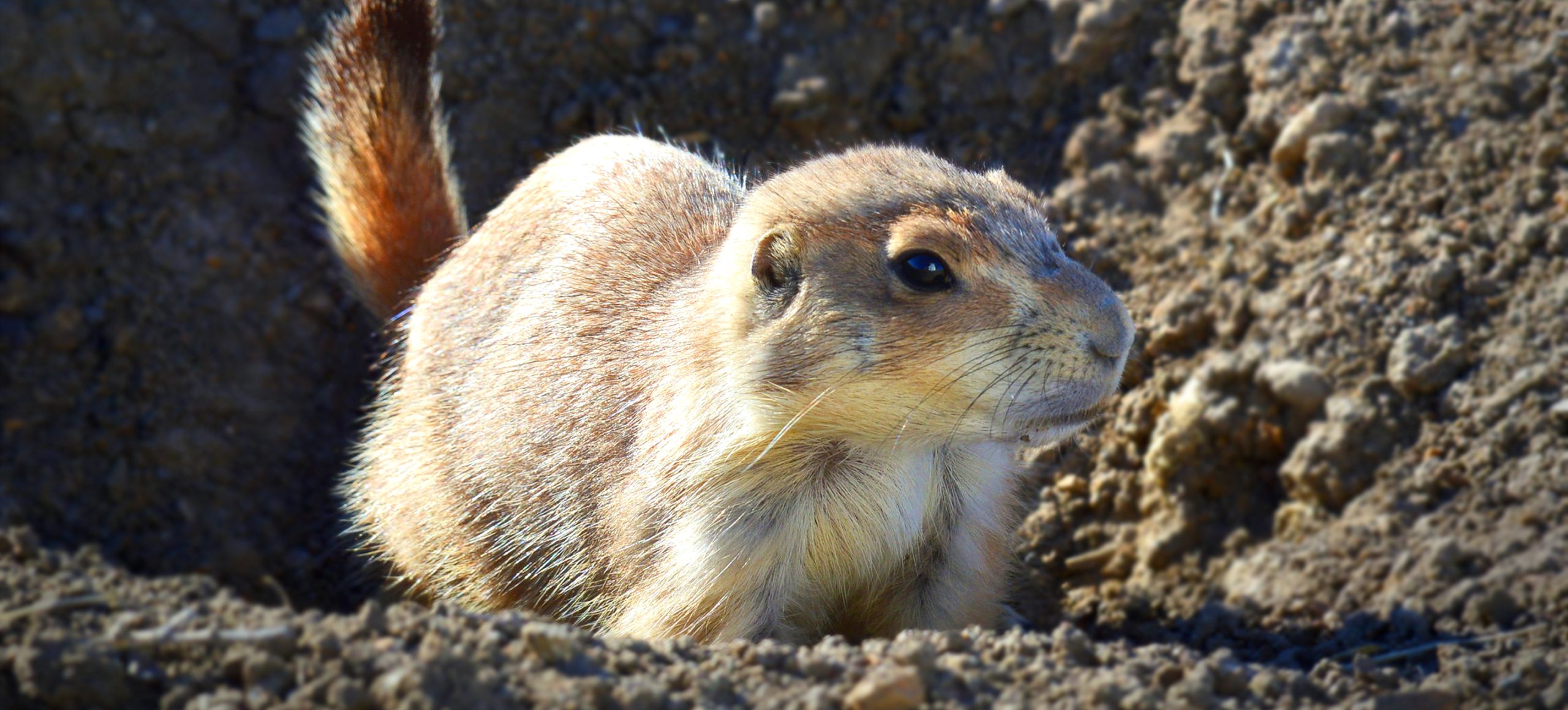Overview
The Prevost’s Squirrel, also known as the Tri-colored Squirrel, is a visually striking rodent native to Southeast Asian forests. Its unique coloration characterizes it: a glossy black back, a bright white belly, and a chestnut-brown stripe that separates these two contrasting colors on its sides. These squirrels are medium-sized, agile, and predominantly arboreal, spending most of their lives in the trees. They are diurnal creatures, active during the day in search of food, mainly fruits, nuts, seeds, and occasionally insects.
Prevost’s Squirrels are known for their remarkable agility and speed, which they use to navigate the dense canopy of their forest habitats. They are solitary animals, coming together only during the breeding season. The species plays a significant role in their ecosystem by aiding in the dispersal of seeds and pollen, thus contributing to the health and regeneration of their forest environments. Despite their vibrant appearance and ecological importance, Prevost’s Squirrels face threats from habitat destruction and the pet trade.
In addition to their ecological roles, Prevost’s Squirrels exhibit fascinating behaviors and adaptations, making them a subject of interest for researchers and wildlife enthusiasts. Their social interactions, particularly during the breeding season, highlight complex communication and territorial behaviors. The agility and adaptability of these squirrels allow them to thrive in various forested environments, from lowland rainforests to montane regions. Conservation efforts are essential to ensure the survival of this species, emphasizing the importance of protecting their natural habitats from further degradation.
Taxonomy
Kingdom
Phylum
Class
Order
Family
Genus
Species
Sub Species
Type
Physical Description:
Prevost’s Squirrels have a distinctive and striking appearance, marked by their tri-colored fur pattern, which includes a glossy black dorsal side, a pure white ventral side, and a chestnut stripe running along each flank. They have bushy tails, sharp claws, and a body built for agility, aiding their arboreal lifestyle. Their eyes are bright and alert, providing them with excellent vision for navigating the forest canopy. Adult Prevost’s Squirrels typically reach lengths that showcase their medium size among tree squirrels.
These squirrels have adapted physically to their forested environments, with strong hind legs allowing them to leap significantly between trees. Their fur not only serves as camouflage but also as protection against the elements and predators. Males and females are similar in size and coloration, common among species where both sexes share roles in territory defense and nurturing of the young. The vibrant colors of the Prevost’s Squirrel make it one of the most visually striking rodents in its habitat.

Lifespan: Wild: ~5 Years || Captivity: ~10 Years

Weight: Male: 1.1-1.5 lbs (500-680 g) || Female: 1.0-1.4 lbs (450-635 g)

Length: Male & Female: 9-12 in (23-30 cm)

Top Speed: 14 mph (22.5 km/h)
Characteristic:
Native Habitat:
Prevost’s Squirrels are native to Southeast Asia’s dense, tropical forests, including parts of Thailand, Malaysia, Indonesia, and Borneo. They thrive in environments with abundant tree cover and diverse plant species, from lowland rainforests to montane regions. These habitats provide the necessary resources for their diet and the complex arboreal pathways they use for navigation and territory establishment.
The species demonstrates a strong preference for habitats that offer a continuous canopy, facilitating their arboreal lifestyle and providing protection from predators. Their presence in these forests indicates healthy, biodiverse ecosystems. Prevost Squirrels contribute to ecological balance through their roles as seed dispersers and consumers of various plant materials. Conservation of their habitats is crucial for the survival of this species, highlighting the interconnectedness of forest ecosystems and the species that inhabit them.
Climate Zones:
Biomes:
WWF Biomes:
Biogeographical Realms:
Continents:
Diet:
Diet & Feeding Habits:
Prevost’s Squirrels are primarily frugivorous, with a diet that heavily relies on various fruits, nuts, and seeds in their forest habitats. They also consume leaves, flowers, and, on occasion, insects, making them opportunistic feeders. These squirrels are known to play a crucial role in their ecosystems as seed dispersers, aiding in the propagation of numerous plant species. Their foraging habits are adapted to their arboreal lifestyle, allowing them to access food sources throughout the forest canopy.
The feeding behavior of Prevost’s Squirrels showcases their adaptability to different forest environments, including primary and secondary forests. They prefer ripe fruits and are known to cache food for later consumption. Their agile movements and keen sense of smell assist them in finding food throughout their territories. The dietary flexibility of Prevost’s Squirrels supports their survival in varying habitats, underlining the importance of biodiversity in their ecosystems.
Mating Behavior:
Mating Description:
Prevost Squirrels have a relatively flexible breeding season, which can occur at various times throughout the year, depending on geographical location and environmental conditions. They are polygynous, with males competing to access multiple females during the breeding season. Courtship behaviors include vocalizations and chasing as males attempt to win the favor of females. Females give birth to one to three offspring after a gestation period of approximately 40 days.
The young are born altricial, meaning they are underdeveloped and require significant parental care. They are nursed in nests located in tree hollows or in the forks of branches, which provide protection and warmth. Both parents may participate in rearing the young, although the mother primarily undertakes nursing and care. The offspring are weaned and begin to explore their surroundings after about two months, gradually learning to forage and navigate the forest canopy.
Reproduction Season:
Birth Type:
Pregnancy Duration:
Female Name:
Male Name:
Baby Name:
Social Structure Description:
Prevost’s Squirrels are primarily solitary animals, with individuals maintaining their territories, which they defend against intruders. They exhibit territorial behaviors, such as scent marking and vocalizations, to communicate with conspecifics and establish boundaries. Despite their solitary nature, these squirrels may be seen foraging near each other in areas where food is abundant. Social interactions increase during breeding when males and females come together for mating.
A balance between competition and tolerance, particularly about access to food resources and mates, characterizes the social structure of Prevost’s Squirrels. The density of squirrel populations can influence social behaviors, with higher densities leading to more frequent interactions and competition. Understanding the social dynamics of these squirrels provides insights into their adaptability to changing environmental conditions and their strategies for survival in dense forest ecosystems.
Groups:
Conservation Status:
Population Trend:
The global population of Prevost’s Squirrels is not precisely quantified, but the species is currently listed as Least Concern by the IUCN Red List, indicating a relatively stable population trend. However, this status does not imply that the species is free from threats; habitat destruction and fragmentation pose significant risks to their populations. Prevost’s Squirrels require large, contiguous forest areas to thrive, and the loss of these habitats can lead to population declines.
Conservation efforts focus on habitat protection and creating biological corridors that allow for the movement and genetic exchange between squirrel populations. Research into the species’ ecology and behavior is ongoing, providing valuable information for conservation planning. Public education and awareness campaigns are also important for reducing the demand for Prevost’s Squirrels in the pet trade and highlighting the importance of forest conservation for their survival.
Population Threats:
Prevost Squirrels’ primary threat is habitat loss due to deforestation for logging, agriculture, and urban expansion. This fragmentation of their habitats reduces the available space for these squirrels to live and forage and isolates populations, hindering genetic diversity and increasing vulnerability to environmental changes. In addition to habitat destruction, the species is also threatened by the illegal pet trade, which targets them for their striking appearance.
Conservation efforts must address these threats through habitat preservation, legal protection, and public education to ensure the long-term survival of Prevost’s Squirrels. Ensuring the integrity of their forest habitats and curbing illegal trade are crucial steps in maintaining healthy populations of this species. Collaboration between conservation organizations, governments, and local communities is essential for effective conservation action.
Conservation Efforts:
Conservation efforts for Prevost’s Squirrels include habitat protection and restoration initiatives to preserve the tropical forests they inhabit. Protected areas and wildlife reserves play a key role in safeguarding the habitats essential for their survival. Reforestation projects and establishing biological corridors also contribute to the connectivity of their habitats, facilitating gene flow between isolated populations.
Education and awareness programs are crucial for reducing the demand for these squirrels in the pet trade and promoting the conservation of their natural habitats. Conservation organizations and researchers are working to better understand the ecology and behavior of Prevost’s Squirrels, which is vital for developing effective conservation strategies. International cooperation is necessary to address the cross-border habitat conservation challenges and combat the illegal wildlife trade.
Additional Resources:
Fun Facts
- Prevost’s Squirrels can leap 6 feet (1.8 meters) between trees.
- Their tri-colored fur is not just for show; it provides camouflage in the dappled light of their forest habitats.
- These squirrels are excellent swimmers and will take to water to escape predators or to access new areas.
- The tail of a Prevost’s Squirrel is almost as long as its body, which helps with balance and steering during leaps.
- They have a varied vocal repertoire, including alarm calls that alert other forest inhabitants to potential threats.
- Prevost’s Squirrels are known to be very clean animals, often seen grooming themselves and each other.
- Their teeth grow continuously throughout life, requiring constant gnawing on hard surfaces to keep them in check.
- These squirrels are crucial in their ecosystems as pollinators and seed dispersers.
- Unlike many other squirrel species, Prevost’s Squirrels do not hibernate and are active year-round.
- The species name honors the French naturalist Florent Prévost, who described many animal species in the 19th century.







